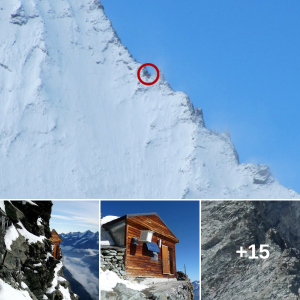Tomorrow, the night sky will feature 2022’s last supermoon: the occasional coincidence of a full moon occurring when our natural satellite is near the closest point in its orbit to us, also known as its perigee. When this happens, the Moon tends to be a fair bit brighter than when it is at the apogee (its furthest point) – around a 14 percent increase in size and 30 percent increase in brightness, according to NASA.

The phenomenon happens because the Moon’s orbit is close to, but not exactly, a circle. It is an ellipse – so, over its revolution around the Earth, it will come closer or go further away. There is no strict astronomical definition and it is often quite arbitrary how to define a supermoon.
Astrophysicist Fred Espenak defined it as a full Moon that occurs when the Moon is within 10 percent of its perigee. That definition leads to three or four supermoons per year all in a row. We had four in 2022, and tomorrow night is the last one. The opposite is a “micromoon”, but the difference is small enough that you wouldn’t notice if you didn’t know it’s happening.
Much more prominent is the optical trick called the Moon illusion. This happens when the Moon is low on the horizon, giving the impression that it is massive and much closer than normal. Moonrise tomorrow will happen in the early evening and the Moon will be visible overnight.
If you are interested in seeing the most super of all the moons, being as close to the perigee as possible, you’ll have to wait until December 6, 2052. The next best one is on November 25, 2034. This Supermoon will unfortunately impact another astronomical event: the peak of the Perseid meteor shower. It will still be possible to catch the occasional streak across the sky but the brightness of the moon will make it a lot more difficult.





